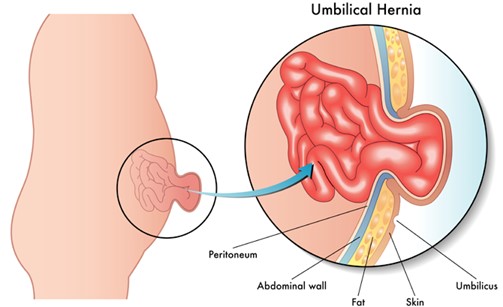Which environmental factor is most significant when planning care for a client with osteomalacia?
Quiet, calm surroundings.
Stimulating sounds and activity.
Cool, moist air.
Frequent exposure to sunlight.
The Correct Answer is D
Choice D is correct because frequent exposure to sunlight is the most significant environmental factor when planning care for a client with osteomalacia. Osteomalacia is a condition in which the bones become soft and weak due to inadequate mineralization, often caused by vitamin D deficiency. Vitamin D is essential for calcium absorption and bone health, and it can be synthesized by the skin when exposed to sunlight. The nurse should encourage the client to get at least 15 minutes of sunlight per day or take vitamin D supplements as prescribed.
Choice A is incorrect because quiet, calm surroundings are not a specific environmental factor for a client with osteomalacia. Quiet, calm surroundings may help reduce stress and promote relaxation, but they do not affect bone mineralization or vitamin D synthesis.
Choice B is incorrect because stimulating sounds and activity are not a specific environmental factor for a client with osteomalacia. Stimulating sounds and activity may help improve mood and cognition, but they do not affect bone mineralization or vitamin D synthesis.
Choice C is incorrect because cool, moist air is not a specific environmental factor for a client with osteomalacia. Cool, moist air may help relieve respiratory symptoms or allergies, but it does not affect bone mineralization or vitamin D synthesis.
Nursing Test Bank
Naxlex Comprehensive Predictor Exams
Related Questions
Correct Answer is B
Explanation
Choice A: An abdominal binder can be worn daily to reduce the protrusion is not a correct explanation for the nurse to provide, as this is not an effective or recommended method to treat a hernia. This is a distractor choice.
Choice B: This hernia is a normal variation that resolves without treatment is a correct explanation for the nurse to provide, as this refers to an umbilical hernia, which is a common and harmless condition in infants that usually disappears by age 2. Therefore, this is the correct choice.
Choice C: The quarter should be secured with an elastic bandage wrap is not a correct explanation for the nurse to provide, as this is a folk remedy that has no scientific basis and can cause skin irritation and infection. This is another distractor choice.
Choice D: Restrictive clothing will be adequate to help the hernia go away is not a correct explanation for the nurse to provide, as this is not a proven or safe way to treat a hernia. This is another distractor choice.

Correct Answer is A
Explanation
Choice B reason: Forcing oral fluids and providing frequent small meals are not the most important interventions for a client with alcohol withdrawal delirium. Although hydration and nutrition are important to prevent dehydration and electrolyte imbalance, they are not the priority in this case. The client may have difficulty swallowing, vomiting, or aspiration due to altered mental status.
Choice C reason: Confronting the client's denial of substance abuse is not an appropriate intervention for a client with alcohol withdrawal delirium. The client may not be able to comprehend or respond rationally to such confrontation due to impaired cognition and perception. The nurse should avoid arguing or challenging the client's beliefs and focus on providing safety and comfort.
Choice D reason: Encouraging attendance and group participation is not a feasible intervention for a client with alcohol withdrawal delirium. The client may not be able to participate in any social or educational activities due to severe withdrawal symptoms and delusions. The nurse should limit visitors and stimuli and provide one-to-one supervision and reassurance.
Whether you are a student looking to ace your exams or a practicing nurse seeking to enhance your expertise , our nursing education contents will empower you with the confidence and competence to make a difference in the lives of patients and become a respected leader in the healthcare field.
Visit Naxlex, invest in your future and unlock endless possibilities with our unparalleled nursing education contents today
Report Wrong Answer on the Current Question
Do you disagree with the answer? If yes, what is your expected answer? Explain.
Kindly be descriptive with the issue you are facing.
